In the previous article we spoke in praise of South Sudan, yet there are other things you should know: public transportation on two wheels, waste in the White Nile * It is worth visiting, but also prepare
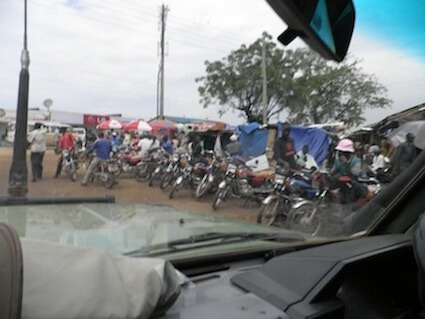
Many years ago I heard that "if you don't have nice things to say, it's better to keep quiet." Since I told all the good things in a previous article A few less nice things.
Those who arrive in the capital Juba independently and have no one waiting for them at the airport, will need "public transportation" a concept that is almost unknown. There are buses that come from Uganda, there are "matatu" a kind of large taxis that travel between the settlements, but even these are few and the journey in them is crowded and long.
In order to transport passengers on the bumpy roads within the city there are "personal taxis", small motorcycles that carry one or even two passengers, there are "fixed" prices and there are designated stations.
As part of my "travels" I was invited to dinner at a "restaurant" operated by the driver's sister, at first glance I was scared, but after we sat down outside, food was served that was tastier than anything served in the "white" hotels in Juba.
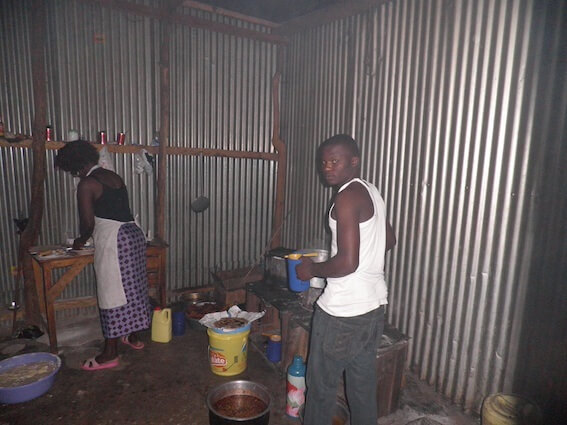
The driver who drove me was Kenyan, two attendants who took care of all my needs - Ugandans. Wherever there is a shop, kiosk, restaurant or commercial business there are Kenyans or Ugandans working, which helped me to revive the simple Swahili in my mouth, because even though the common language is Arabic, it is "Juba-Arabic" whose similarity except for the Arabic I pronounce is in the numbers only. The places where Sudanese workers meet are only in cleaning or guarding jobs.
In an attempt to understand why there are no Sudanese business owners or skilled workers, I answered that "they are lazy", a response that reminded me of the stories about the attitude of the English towards the Kenyans: at the beginning of the 20th century, to build the railway from Mombasa to Lake Victoria, the English brought hundreds of laborers from India claiming that "the Kenyans Lazy”... how the wheel turns.
Since there is no water transportation system, businesses (including new hotels) receive their water from tankers. The Minister of the Interior recently amended a regulation that prohibits "foreigners" from trading in water. Maybe this is the beginning of changing the state of "laziness".
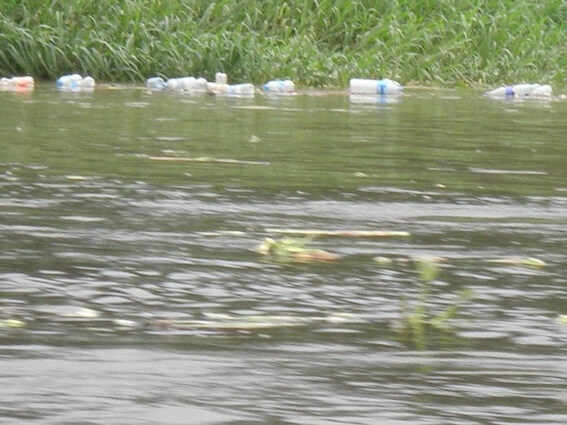
With the exception of the heat and humidity, one of the more "impressive" phenomena when you arrive in the capital of the new country - Juba, is the trash and debris that are thrown and scattered everywhere you turn. The impression is (and probably the situation confirms it) that there is no organized garbage disposal, each to himself, this means that the garbage is thrown from the shops or markets directly to the street. When traveling on the roads, you can recognize proximity to a large settlement by the increasing amounts of garbage on the sides of the roads. Even drivers transporting tourists throw everything that comes by through the vehicle windows. I unsuccessfully tried to explain to my driver the negation of that... he continued as usual.
It could be hoped that if the government and the authorities get organized - the obscene habit will stop, but until then, since the country is blessed with rains, and since the garbage accumulates in (natural) drainage canals created on the sides of the roads and at the backs of the streets - every rainstorm creates streams of garbage. The whole country forms part of the drainage basin of the White Nile, meaning that the rainstorms flow the garbage into the Nile, after the storm the banks of the huge river are covered with garbage.
Another nuisance that flows in the Nile is the Hickinton bushes that invade and block Lake Victoria, the authorities around the lake "provide applause" in front of the invading invader and the bushes make their way down the river. I don't know what is happening in Lake Nasser (south of the Aswan Dam), but it can be assumed that the trash and Hickinton bushes do not add to its health and do not facilitate the production of electricity in the dam.
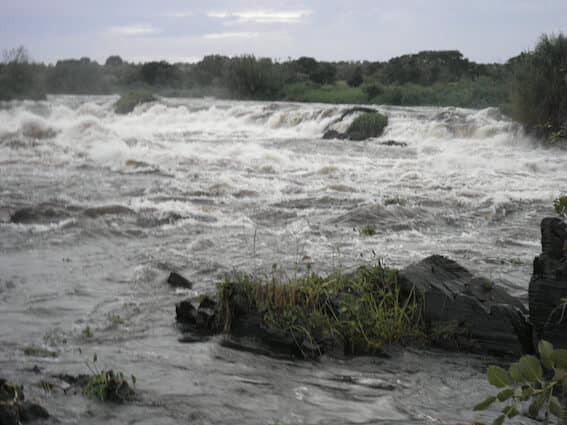
A dam is currently being planned to generate electricity in Uganda. In Ethiopia they are building a dam that will divert water to agriculture, and will be used to generate electricity. Now the new country of South Sudan is also planning to build a dam to generate electricity - and the Egyptians are furious.
The Nile in South Sudan flows in a plain, so the dam is planned near the place where the Nile crosses the Ugandan border in the last place where there are still waterfalls within an area that today forms part of the Nimule nature reserve) one of the places where tourists come to see elephants. Today it is already difficult to find the elephants. What will happen after the construction of the dam?
At Nimula Falls
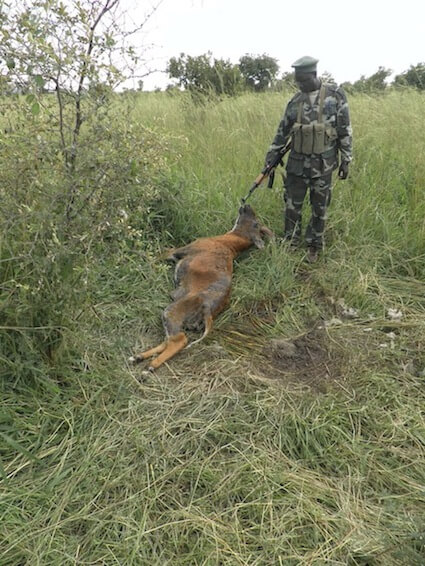
On a hike in the Nimula Reserve, I saw eagles congregating on a hill, we got closer (me and the "ranger") and following the smell we found what attracted the eagles: an antelope carcass. I am used to seeing and identifying animals in the field, when the animal becomes the carcass identification is difficult. What's more, at first glance I thought that it was a species that, according to the professional literature, does not exist in South Sudan.
When I returned home I looked again in the professional literature and saw that the first impression was correct.
A first impression that was based on the painting of the bright "glasses" on the animal's forehead, a painting in the field that stands out and is easy to recognize. The carcass belonged to a single species of its kind - hirola hirola, Beatragus hunteri, that is, in the Beatragus genus there is only one species hunteri, and it is in danger of extinction.
In my search of the professional literature it became clear that attempts to breed in captivity and return to the wild failed and today a number of small herds are known in northeastern Kenya, estimating the population of the species at less than 300 individuals.
The natural world is in turmoil following the announcement of the extinction of the "black" rhinoceros (narrow-lipped rhinoceros), so it is true that a subspecies of it has disappeared from a certain area, there is a wild hunter who endangers the species. In Africa there are about 5000 individuals of the "black" rhinoceros which, with proper protection, will survive both the Chinese who spice up their lives with their horns and the Arabs who use the horn as a sheath and a handle for "shabriah". Not so the hirula whose remains remain only in a dry area saturated with friction (on the border of Somalia) is facing extinction and it is hard to believe that without conservation and protection activities the species will survive. That is, I was present at how a unique species of its kind is disappearing, becoming extinct! Questionable honor.
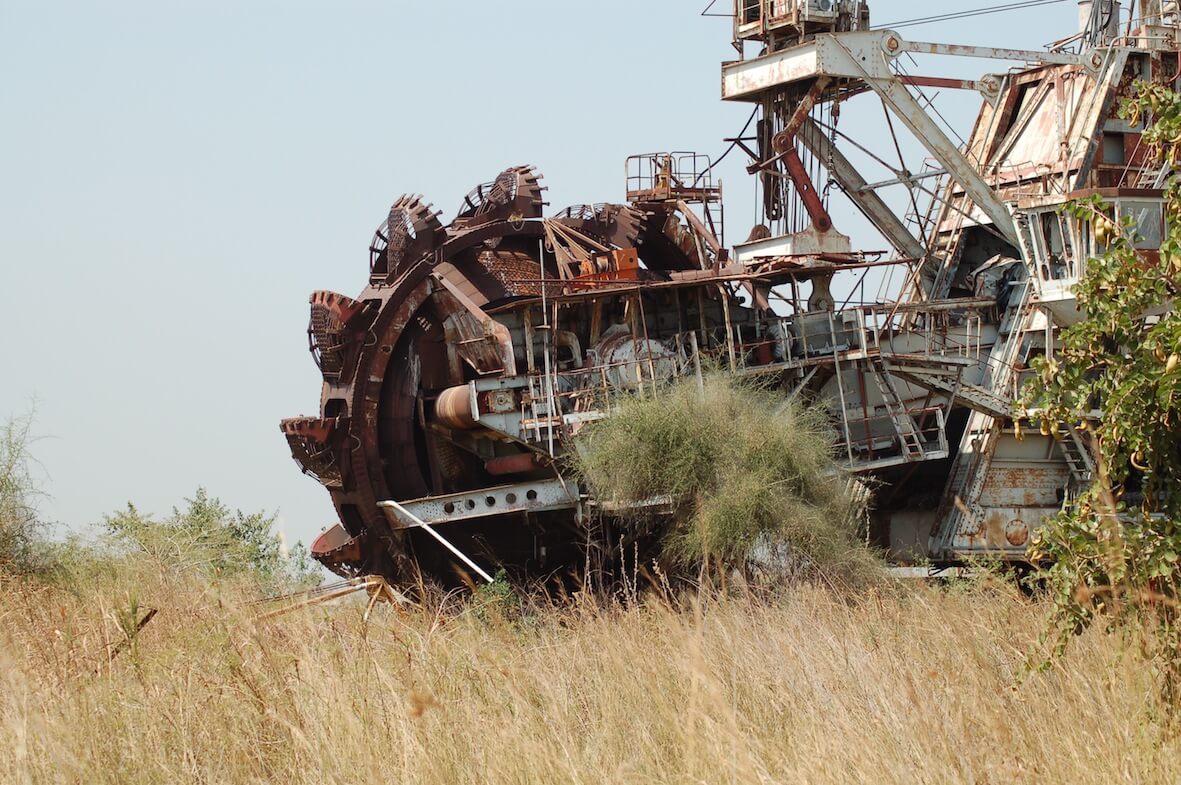
Jonglei is one of the largest districts in South Sudan that includes the "Secret" wetlands. Already in the 25s, there was a proposal to dig a canal that would dry up the Sud and lead water directly to the Nile, and in the next step it would connect lakes in northern Congo to Lake Chad. The canal was supposed to increase the flow in the Nile by 1978%, to dry up lands that would be used for grazing and to serve as a shipping route, (and in the advanced stage to revive the drying Lake Chad), the works to dig the canal began in XNUMX and progressed similar to the fervor with which Lake Hula dried up.
As with the drying up of the Hula (in contrast) the environmental consequences - the drying up of wetlands and lakes, one of the largest in the world - were not a factor and were not taken into account, fortunately (for better or worse) in 1984, after approximately 250 km had been dug, the South Sudanese rebels attacked the labor camps And they blew up some of the Tsama tools, the workers ran away and left all the digging equipment in the field, equipment that is today a tombstone for unnecessary megalomaniac projects.
And again: despite and partly also because of the "flaws", the lacks, the simplicity and the rudimentary - South Sudan is a destination for nature trips among the best there is.
For details and help for those who would like to make a unique and special trip
assaf@eilatcity.co.il

One response
Very fascinating, thank you.